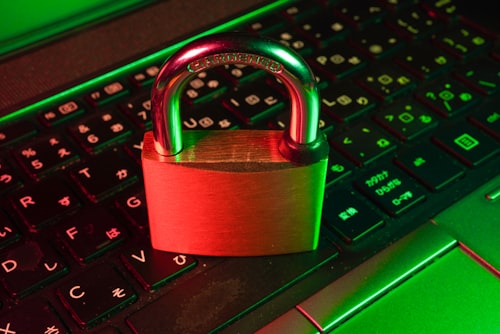With the rise of email-based scams and phishing attempts, it has become crucial for individuals and organizations to implement measures that guarantee the authenticity and security of their email communication. DKIM (DomainKeys Identified Mail) is a powerful email authentication method that helps protect against email spoofing and tampering. In this comprehensive guide, we will explore the significance of DKIM, its implementation process, and how to perform a DKIM check to ensure the integrity of your emails.
Chapter 1: Understanding DKIM
DKIM is an email authentication method designed to verify the authenticity and integrity of emails. It uses cryptographic signatures to confirm that an email message has not been modified during transit and that it genuinely originates from the specified domain. By implementing DKIM, senders can add a digital signature to their outgoing emails, allowing recipients to verify the email's authenticity.
Chapter 2: How DKIM Works
The DKIM process involves the following key components:
Signing Domain: The domain that signs outgoing emails using DKIM. It generates a cryptographic key pair consisting of a private key and a public key.
Header and Body Fields: The email's header and body fields are combined and processed to generate a hash value, which is then encrypted using the private key.
DNS Record: The signing domain publishes a DNS TXT record containing the public key. Recipients can retrieve the public key from the DNS and use it to decrypt the digital signature.
Verification: When the recipient receives an email, they retrieve the public key from the DNS and use it to decrypt the signature. The decrypted signature is then compared to the recalculated hash value of the email's header and body. If the values match, the email is considered authentic.
Chapter 3: Performing a DKIM Check
Performing a DKIM check allows you to verify if an email has been properly signed and if the signature is valid. There are various online tools available that can help you perform a DKIM check:
MXToolbox: MXToolbox offers a DKIM Checker tool that allows you to validate the DKIM signature of an email and provides detailed information about its configuration.
Mail Tester: Mail Tester's SPF and DKIM Check feature enables you to analyze the SPF and DKIM settings of your email and provides a score that indicates the effectiveness of your email authentication.
AppMailDev: AppMailDev's DKIM Debugger allows you to test and debug your DKIM implementation by verifying the correctness of the DKIM signature and providing insights into any issues.
DKIM Validator: DKIM Validator is a comprehensive online tool that allows you to validate and troubleshoot DKIM signatures. It performs a thorough analysis of the email's DKIM configuration and provides actionable recommendations.
MailGenius: MailGenius offers an SPF and DKIM Key Email Checker that assesses the presence and validity of SPF and DKIM records for a given domain. It helps ensure that your email authentication setup is correctly implemented.
Chapter 4: Benefits of DKIM
Implementing DKIM offers several key benefits:
Email Security: DKIM helps protect against email spoofing and tampering, enhancing the overall security of your email communication.
Authenticity: DKIM verifies the authenticity of the sender, ensuring that the email has not been modified or forged during transit.
Reputation and Deliverability: By implementing DKIM, you can improve your email reputation and increase the likelihood of your emails reaching the recipients' inbox instead of being flagged as spam.
Brand Protection: DKIM adds an extra layer of brand protection by preventing unauthorized individuals from sending emails on behalf of your domain.
Chapter 5: Commonly Asked Questions
Q1: Is DKIM compatible with all email clients and servers?
DKIM is widely supported by major email clients and servers, including Gmail, Outlook, Yahoo Mail, and more. However, it is always recommended to check the documentation of your specific email client or server to ensure DKIM compatibility.
Q2: Can DKIM prevent all email-based attacks?
While DKIM significantly reduces the risk of email spoofing and tampering, it is not a foolproof solution against all types of email-based attacks. Implementing additional security measures such as DMARC (Domain-based Message Authentication, Reporting, and Conformance) can further enhance your email security posture.
Q3: Can I implement DKIM on my own?
Implementing DKIM requires technical knowledge and access to the DNS records of your domain. It is recommended to consult with your IT team or email service provider for guidance on DKIM implementation.
Q4: What happens if a DKIM check fails?
If a DKIM check fails, it indicates that the email's signature is invalid or missing. In such cases, the email may be treated as potentially suspicious or unauthenticated by the recipient's email client or server.
Conclusion
DKIM is a vital component of email authentication, offering enhanced security and ensuring the authenticity of your email communication. By implementing DKIM and regularly performing DKIM checks, you can mitigate the risks associated with email-based scams and protect your organization's reputation. Remember to use reliable tools and consult with experts when needed to ensure the proper implementation and maintenance of DKIM for your domain. Safeguard your email communication with DKIM and enjoy greater peace of mind in the digital world.



